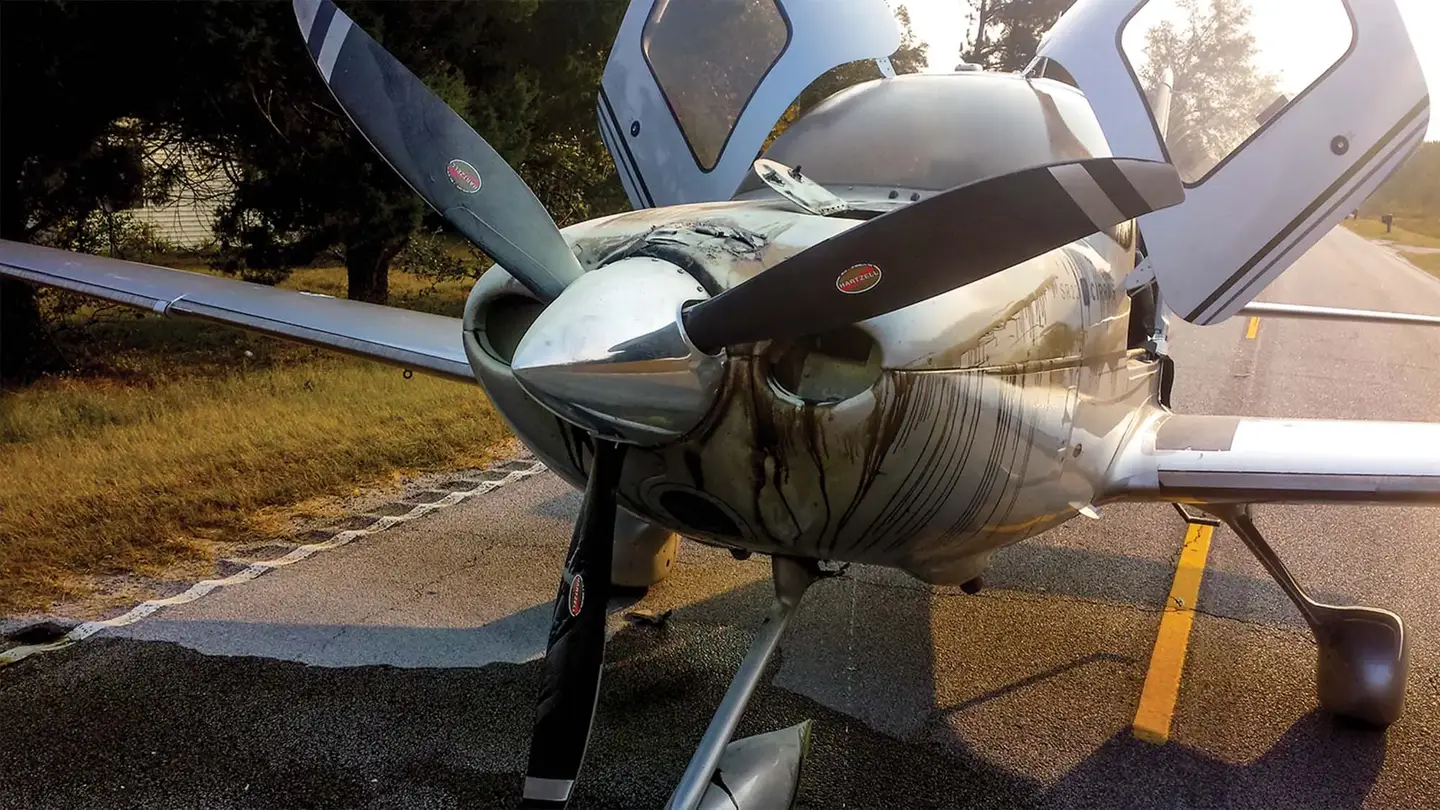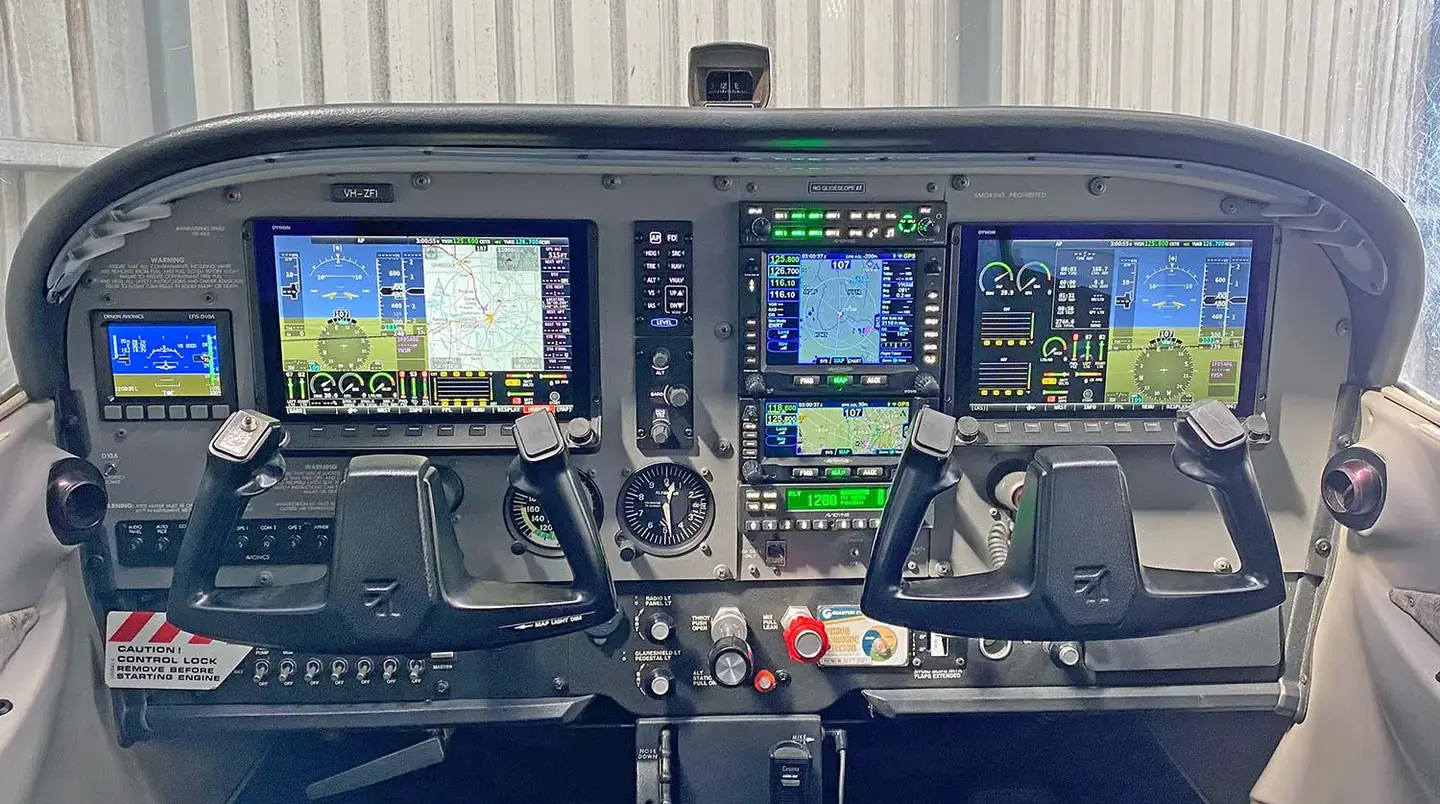Will Fixed Base Operators Survive?
SPECIAL REPORT. Perhaps the most interesting aspect of last month’s three-hour six-state video teleconference on “Survival of FBOs” was who attended and who didn’t. The alphabet groups were out in force: DOT, FAA, NATA, MATA, GAMA, SAMA, AOPA, even USDA. The Governor of North Dakota was there. But of the scores of participants, only six were FBO owners or managers; the rest were politicians, bureaucrats and lobbyists who, according to our man on the scene, “spoke a lot but said almost nothing.” Here’s a report of what transpired.

 I recently participated in a six-state satellite based interactive video conferencethat addressed the concerns and the difficulties that Fixed Base Operators are currentlyexperiencing. The conference took place on November 12, 1997. It's subtitle was"Survival of FBO's: can this industry succeed or is it doomed to disappear?" Theconference was attended by Directors of State Aeronautics Organizations from six differentstates. It was introduced by the Governor of North Dakota. It invited discussion fromalphabet groups like AOPA, NATA, MATA, EAA, GAMA, FAA, etc.
I recently participated in a six-state satellite based interactive video conferencethat addressed the concerns and the difficulties that Fixed Base Operators are currentlyexperiencing. The conference took place on November 12, 1997. It's subtitle was"Survival of FBO's: can this industry succeed or is it doomed to disappear?" Theconference was attended by Directors of State Aeronautics Organizations from six differentstates. It was introduced by the Governor of North Dakota. It invited discussion fromalphabet groups like AOPA, NATA, MATA, EAA, GAMA, FAA, etc.
The conference was the brainchild of the North Dakota Aeronautics Commission and theUpper Great Plains Transportation Institute. Riaz Aziz, one of the researchers employed bythe Transportation Institute, served as the coordinator and conference facilitator.Participants were seated in nine different interactive television studios that werelocated in five different states plus the District of Columbia.
The conference lasted exactly three hours. It began at precisely 9:00 AM. Thediscussion for the entire conference focused on the following five questions:
Is the forecasted decline of FBOs a cause for concern, and if so why?
Beyond 2000. What are the potential impacts to the nation's transportation system?
Why are some FBOs more successful than others?
What can communities do to support their local FBO?
Is there a role for government to help ensure the survival of FBOs?
The program packet listed thirty-three participants. Ten participants were located inWashington, DC. Nine were in Fargo, North Dakota. The rest were in Helena, Montana;Pierre, South Dakota; Cheyenne, Wyoming; and Denver, Colorado; The Minnesota contingent(who travelled to North Dakota because they couldn't find a suitably-equipped studio inSt. Paul) sat in a separate studio in Fargo. I attended at the Department ofTransportation building in Bismarck.
There seemed to be a lot more attendees than the thirty-three listed in the program. Wemust have had fifteen in the Bismarck studio, although our program listed only three. Mostof the other studios had more participants than listed, too. The participants were stateDOT people, state Aeronautics people, airport managers, airport design firms, economicdevelopment people, FBO owners and managers, etc. AOPA was represented. NATA was present.MATA (Minnesota Aviation Trades Association) was there. GAMA; SAMA (Small AircraftManufacturers Association); USDA (Yes, the US Department of Agriculture); FAA. A hugecauldron of alphabet soup and there I sat in the middle of it.
As I surveyed the participants, two things puzzled me. First, where was the press? Theconference included high-powered people from all across the northern tier of the UnitedStates discussing some of the most important issues facing general aviation today. EdSchafer, the Governor of North Dakota, introduced the conference. The press had beeninvited. Why didn't they come?
Second, where were the FBOs? Hundreds of FBOs were also invited, but I counted only sixpeople who own or manage an FBO at the conference. Just six!. Maybe the conference was sooverloaded with bureaucrats and politicians that the FBO folks concluded it would be awaste of time. I'm not sure. All I know is that for a conference about FBOs, there sureweren't many FBOs in attendance.
The participants wrestled with each of the questions like terriers fighting overtowels. Yet discussion of each topic seemed to wind up and segu seamlessly to the nexton the exact time schedule that was published. The input moved from site to site in aseemingly random pattern and yet every site was given ample time to provide input. Theconference facilitator, Riaz Aziz, was simply magnificent. He handled that huge unwieldycollection of egos and opinions with the grace and finesse of an orchestra conductor. Heled us through the maze of agendas and constraints like a superb air traffic controllerleading us through a five-state thunderstorm at night.
Question #1: "Is the forecast decline of FBOs a cause for concern, and if sowhy?" The discussion flew from site to site around the nation.
Colorado: "FBO numbers have dropped in the last 10 years, but the cycle shows an increase."
Montana: "FBO numbers have declined in small communities but grown in large ones. Regulation has increased but FAA services have decreased. Wealthy hobbyists in FBO business hurt operators that depend on their FBO for a living."
Wyoming: "FBO numbers have dropped but have stabilized. FBOs at smaller airports depend on local airport activity but those airports depend on the aggressiveness of the FBO as well. FBO's in large communities have begun to specialize but have dropped ATCO certificates."
South Dakota: "FBO numbers have stayed consistent. Sioux Falls and Deadwood have shown growth. The age of a typical FBO owner is a concern."
Minnesota: "FBO numbers have decreased slightly. Airplane registrations have begun to grow. Most airports will have only one FBO because of limited demand."
Virginia: FBO numbers have increased and quality of service has increased. Competition between FBOs and with local government sponsored services have hurt. Self service will increase at small airports and only large airports will provide full service."
Question #2: "What about the future? What will happen beyond the year2000?"
"High tech industries will come into small rural communities. Good airports are crucial to these industries. Airports will not be successful without a strong FBO. Communities that sustain good airports will be able to attract new high tech industries."
"Declining airline service and rising airline prices in rural areas will spur the need for ATCO (Ait Taxi/Commercial Operator, i.e. Part 135) and general aviation transportation. Communities that discourage local aviation activity will limit the ability of their community to attract high tech business. The FBO must support the community and the community must support the FBO."
Question #3: Why are some FBOs more successful than others?
"Success requires management. The FBO needs to be managed properly and the airport needs to be managed properly. The business needs to be promoted properly. A successful FBO must take the leadership role in developing community support, attracting student pilots, soliciting government funding for the airport and lobbying legislators. Most FBO managers need need adult education courses in management, feasability studies, fractional use studies, etc."
"A modern FBO must learn that their employees are the key to their success. A mechanic will not stay in a small community unless he is properly paid. A flight instructor will often stay just long enough to accumulate enough flight time to hold an ATCO certificate then he will look for a job somewhere else. The employees must be paid and their families must like the local community or the FBO will struggle."
Question #4: What can communities do to support their local FBO?
"A healthy local economy provides support to the local FBO. Small FBOs need a niche in order to be successful. Community support can come in the form of low interest loans, joint FBO and community marketing efforts, etc. Communities can tie economic development to airport development."
"Each community needs to decide what they want from their airport. Does the community want to be linked to the world. Communities that want strong airports can track the economic impact of their airport, show airport growth, employment growth, pursue grants to build airport infrastructure, bring media attention to the airport, highlight positive activities that occur at the local airport, etc. The airport is vital to the economic health of the local community."
Question #5: Is there a role for government to help ensure the survival of FBOs?
The Washington DC site provided most of the input to this last question. I had beentaking notes furiously for two hours and twenty five minutes, but when Washington spoke mypages were strangely blank. The Washington site was manned mostly by alphabet groups.These groups are supposed to be focused on the needs of General Aviation. Each of themspoke a lot but said almost nothing:
"The cost of regulation is killing FBOs? (Duh!)"
"The government is streamlining?"
Deep thoughts. Not!
The entire video conference will be available on videotape soon for those who areinterested. But I came away with the notion that we have two clear choices. We can workfeverishly for a strong and dynamic future, and probably see fruit from our labors. Or wecan attend another conference.






